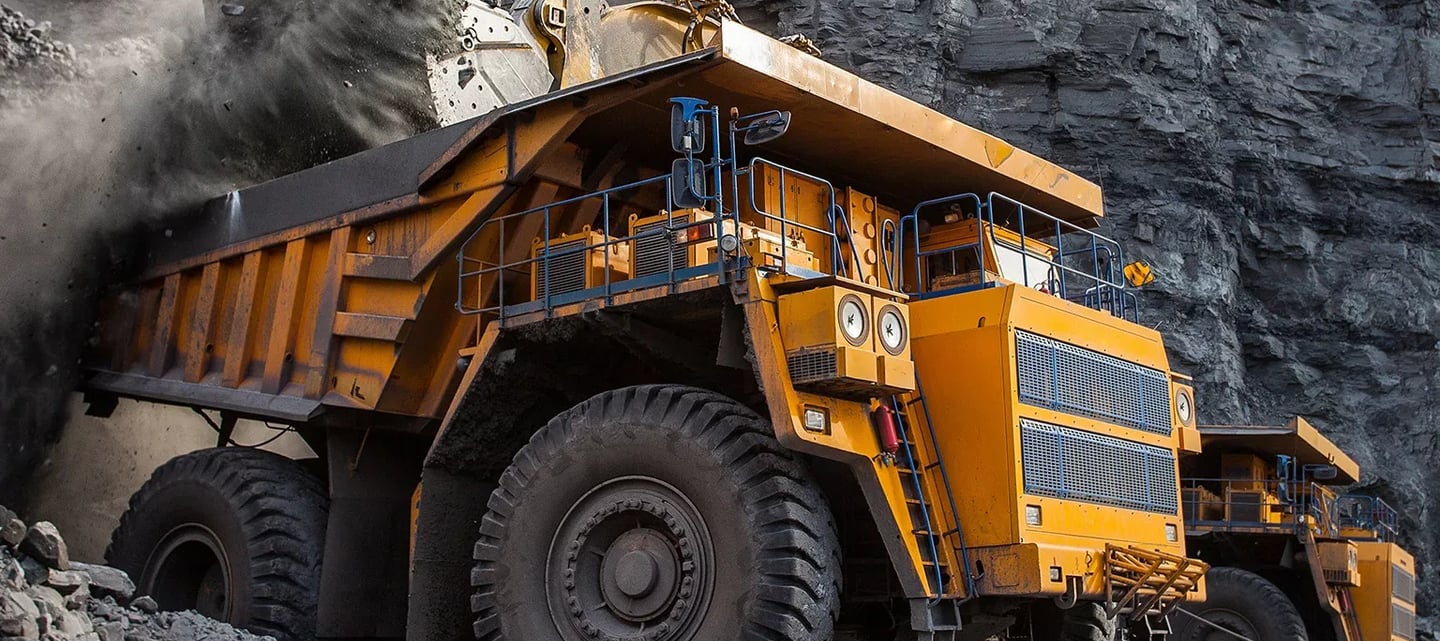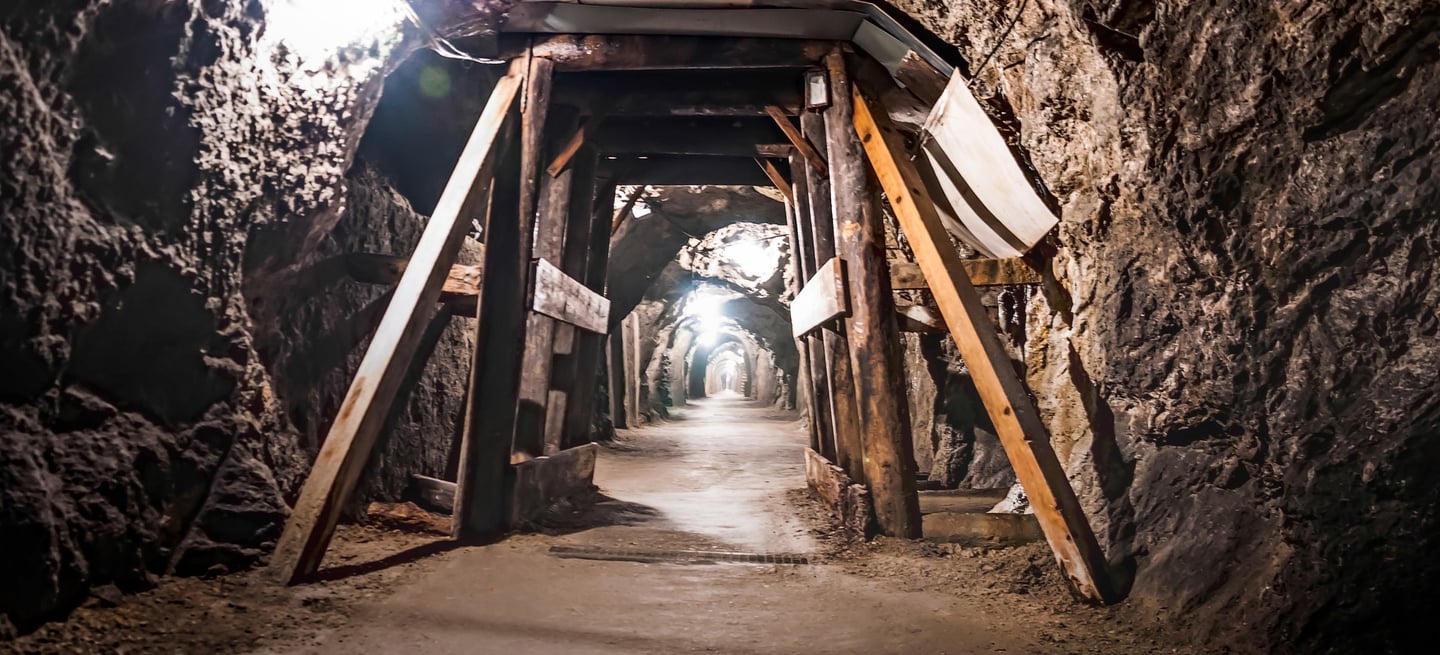AS/NZS 1972 Type 1 1.1/1.1 kV Individually Screened Mining Cables
In the challenging world of underground mining, where darkness is constant and hazards abound, reliable power distribution isn't just a convenience—it's a matter of life and death. Mining cables serve as the vital arteries that deliver power to equipment operating hundreds of meters below the surface, where a single failure can halt production or, worse, compromise safety. AS/NZS 1972 Type 1 1.1/1.1 kV individually screened cables are specialized electrical cables designed to meet the stringent safety and performance requirements of the Australian and New Zealand mining industry, featuring metallic screening around each core to provide enhanced protection in harsh underground environments.
5/20/20256 min read
AS/NZS 1972 Type 1 1.1/1.1 kV Individually Screened Mining Cables
1. Introduction
In the challenging world of underground mining, where darkness is constant and hazards abound, reliable power distribution isn't just a convenience—it's a matter of life and death. Mining cables serve as the vital arteries that deliver power to equipment operating hundreds of meters below the surface, where a single failure can halt production or, worse, compromise safety.
AS/NZS 1972 Type 1 1.1/1.1 kV individually screened cables are specialized electrical cables designed to meet the stringent safety and performance requirements of the Australian and New Zealand mining industry, featuring metallic screening around each core to provide enhanced protection in harsh underground environments.


2. Application Scenarios
2.1 Underground Mobile Equipment
The mining industry relies heavily on mobile equipment that must maintain power connections while moving throughout tunnels and chambers. These cables are essential for:
Load-haul-dump (LHD) vehicles: These versatile machines handle the critical task of moving broken rock from mining faces to collection points. Their trailing cables must withstand constant movement, flexing, and abrasion while maintaining power integrity in wet and dusty conditions.
Shuttle cars: In coal mining operations, shuttle cars transport coal from continuous miners to conveyor belt systems. Their cables endure repetitive coiling and uncoiling while being dragged across rough surfaces.
Drills and bolters: Rock drilling and roof bolting equipment requires reliable power delivery in the most challenging positions, often with cables pressed against freshly cut rock faces or stretched around tight corners.
2.2 Fixed Plant and Conveyors
While mobile equipment poses one set of challenges, fixed installations have their own requirements:
Belt conveyors: The backbone of material transport in mines, conveyor systems may extend for kilometers through varying environments. Their cables must resist the vibration and dust associated with continuous operation.
Crushers and feeders: These high-power applications demand cables that can handle the electrical loads of crushing operations while withstanding the extreme vibration and occasional impact from falling rock.
Pump stations: Water management is critical underground, and pump station cables are often submerged or exposed to constant moisture, requiring exceptional insulation integrity and corrosion resistance.
2.3 Harsh Environmental Conditions
The mining environment presents multiple challenges that standard cables simply cannot handle:
High humidity and water ingress: Underground mines are frequently wet environments with humidity approaching 100% and water dripping or flowing across surfaces. Cables must maintain electrical integrity even when their outer sheaths are damaged.
Abrasive rock and dust: Sharp rock edges and mineral dust constantly challenge cable integrity. The cable design must resist abrasion while maintaining flexibility for daily operations.
Extreme temperature zones: From freezing conditions near ventilation intakes to elevated temperatures in deep workings, mining cables must perform across a wide temperature range without becoming brittle or losing insulation properties.


3. Electrical and Mechanical Parameters
3.1 Voltage and Current Ratings
1.1 kV power distribution: These cables are rated for phase-to-phase and phase-to-earth voltages of 1100V, providing ample headroom for the standard mine power systems operating at 1000V or 660V.
Maximum continuous operating current: Current capacity varies by conductor size, with options ranging from 1.5mm² to 16mm² to accommodate different power requirements. The larger 16mm² cables can handle continuous currents exceeding 100 amperes when properly installed.
3.2 Conductor and Insulation
Copper conductor cross-section options: The standard offers multiple conductor sizes to match application requirements:
1.5mm² (30/0.25 stranding) for control or light-duty applications
10mm² (77/0.40 stranding) for medium-duty equipment
16mm² (126/0.40 stranding) for heavy-duty applications
PVC insulation properties: The core insulation is made from specialized PVC formulated to resist water absorption, maintain flexibility, and provide electrical integrity in mining conditions. With thicknesses ranging from 0.8mm to 1.0mm depending on conductor size, the insulation provides reliable electrical separation while maintaining cable flexibility.
3.3 Individual Screening
Purpose of metallic screen around each core: Each core in these cables is individually wrapped with a composite screen made of tinned annealed copper braiding interwoven with polyester yarn. This screen serves two critical functions:
Providing an immediate path for fault currents that might result from damage to the insulation
Creating an electromagnetic shield around each conductor
Benefits for fault detection and EMC: The individual screening allows earth leakage protection systems to detect insulation failures before they become dangerous. It also reduces electromagnetic coupling between power and nearby control circuits, preventing interference with sensitive electronic equipment in increasingly automated mining operations.
3.4 Sheath and Armouring
PVC or low-smoke zero halogen outer sheath: The outer PVC sheath provides the first line of defense against environmental factors. Thickness ranges from 0.8mm for smaller cables to 1.3mm for larger varieties, balancing protection with flexibility. In specific applications where smoke and toxic gas emissions are concerns, low-smoke zero halogen alternatives are available.
Steel wire armouring for mechanical protection: In the harshest applications, additional steel wire armouring can be specified to provide enhanced resistance to crushing, cutting, and abrasion damage.
3.5 Dimensions and Weight




4. Installation and Maintenance Tips
Bending radius and pulling tension limits: To preserve cable integrity, minimum bending radius should be maintained at 6 times the overall cable diameter for fixed installations and 12 times for flexible applications. Maximum pulling tension should not exceed 30N per square millimeter of total conductor cross-section.
Jointing and termination best practices: All joints and terminations must maintain the individual screening integrity through proper gland selection and connection methods. Each screen should be connected to the earthing system to ensure fault protection systems operate correctly.
Routine inspection for wear and moisture: Regular visual inspections should check for outer sheath damage, especially at stress points where cables bend or where they may contact abrasive surfaces. Electrical testing should confirm insulation integrity and screen continuity according to site-specific maintenance schedules.

5. FAQ: Common Mining Cable Issues
Q1: What if the cable sheath is cut or abraded? If the outer sheath is damaged but the armour (if present) remains intact, the damage should be properly sealed with approved repair materials to prevent moisture ingress. If damage extends to the screens or insulation, the affected cable section must be replaced and properly terminated. Never continue operating with exposed conductors or compromised screening.
Q2: How to detect water ingress in the cable? Regular insulation resistance testing with a high-voltage insulation tester (megger) can reveal decreasing resistance values that indicate moisture penetration. Additionally, monitoring capacitance changes over time can provide early warning of water ingress before it causes operational issues.
Q3: Can screening faults cause equipment shut-downs? Yes—broken screens change earth-fault current paths and may cause nuisance tripping or, worse, fail to trip when genuine faults occur. Using continuous monitoring relays that detect changes in leakage currents can help identify screening problems before they lead to operational issues or safety hazards.
Q4: What about electromagnetic interference (EMI)? The individual screening of each core, when properly connected to earth at both ends of the cable run, creates an effective EMI barrier. This is particularly important in modern mines where variable speed drives and electronic controls are increasingly common. Proper installation ensures that power cables don't introduce noise in adjacent control systems.
Q5: How often should cables be tested? Critical cable runs should undergo insulation resistance testing at least every six months, with additional tests following any significant incident such as flooding, rock fall, or reported equipment irregularities. Mobile equipment trailing cables require more frequent inspection—often daily visual checks and weekly electrical testing.
6. Conclusion
Key Takeaways
AS/NZS 1972 Type 1 individually screened cables represent a specialized solution to the unique power distribution challenges found in underground mining environments. Their construction balances electrical performance, mechanical durability, and safety features to provide reliable power in conditions where standard cables would quickly fail.
The individual screening of each core offers enhanced protection against the effects of moisture and insulation damage, allowing early detection of developing faults before they become dangerous. This is particularly important in mining environments, where the combination of water, dust, vibration, and physical stress creates multiple failure vectors.
Next Steps
For detailed specifications, engineers should consult the complete AS/NZS 1972:2006 standard, along with the complementary standards AS/NZS 1125 and AS/NZS 3808 that govern specific aspects of mining cable construction and testing.
When sourcing these specialized cables, mine operators should work only with certified suppliers who can provide full documentation of compliance with the relevant standards. While initial cost might be higher than standard industrial cables, the enhanced safety and reduced downtime justify the investment in proper mining-grade cable solutions.
In the unforgiving environment of underground mining, where reliability directly impacts both safety and productivity, choosing the right cable isn't just a technical decision—it's a fundamental component of responsible mine management.


